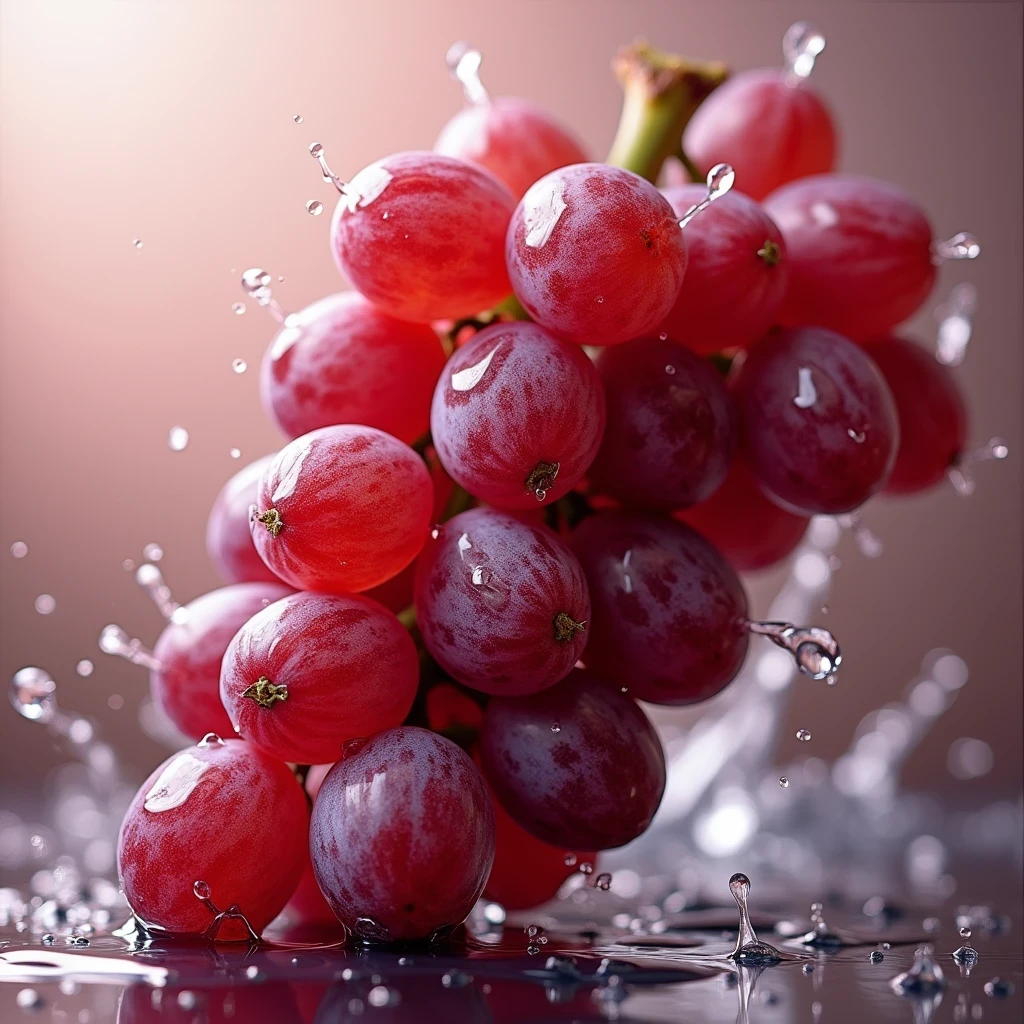Introduction:
Hello everyone! Today, I’m excited to share how you can use the 3W+1H Rule to craft effective prompts quickly. This method will help you better understand the art of writing prompts, enabling you to generate stunning images with ease.
What is the 3W+1H Rule?
Through repeated practice and refinement, I’ve developed the 3W+1H Rule—a streamlined method for creating prompts. At its core, this rule emphasizes the unity of objects, time, and space.
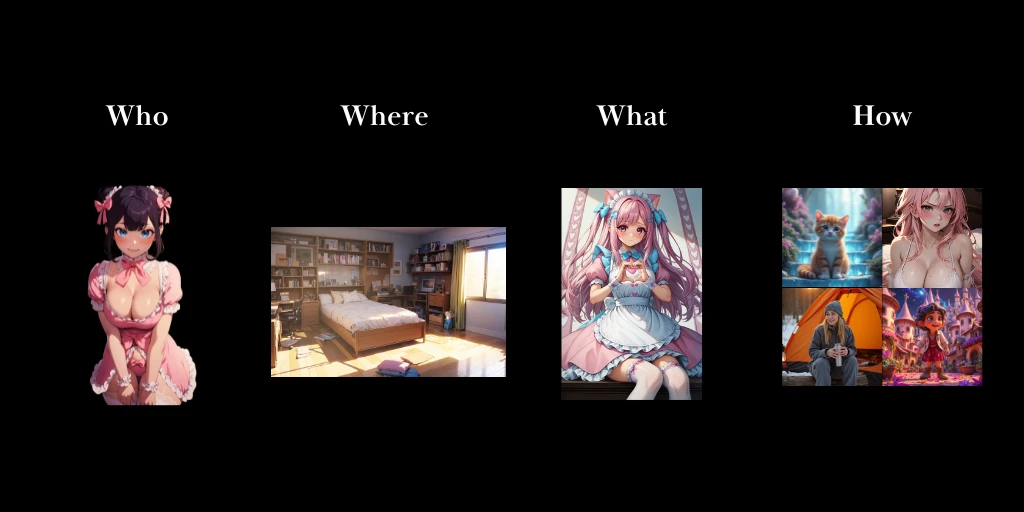
Why this approach?
We live in a three-dimensional world shaped by three fundamental elements: objects (What), time (When), and space (Where). These three elements are interconnected. In the frameworks of quantum mechanics and relativity, objects, time, and space are viewed as interdependent entities. The existence and movement of objects influence—and are influenced by—time and space. This concept, often referred to as spatiotemporal materialism, lays the foundation for this prompt-building method.
From the perspective of prompt construction, this unified relationship translates into:
● Objects as the subject, defining the core of the image.
● Time and Space as the context, providing a background and setting for the subject.
Let’s dive deeper into the 3W+1H framework to understand its components and how to apply them effectively.

Breaking Down the Rule:
Who: What is the subject?
The subject is the most crucial part of the image, and your prompt must include it.
● The subject can be simple, such as “a young girl.”
● Or it can be a detailed description, like “a long-haired Asian girl wearing jeans and glasses.”
● The subject isn’t limited to people; it can be anything: animals, food, buildings, or objects.
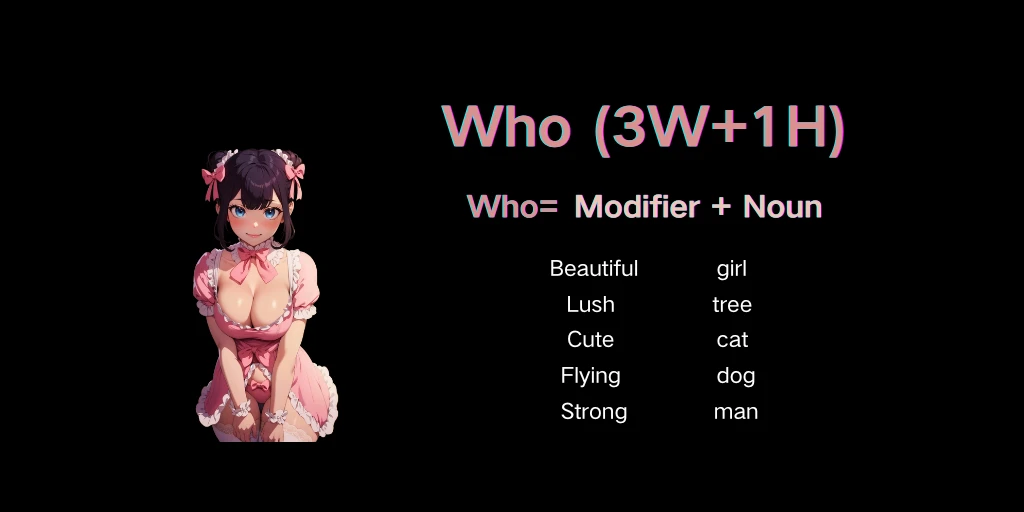
Where: Where is the scene set?
A subject always exists in a setting. The location can be:
● Specific: A classroom, a park, a beach.
● Broad: The universe, a jungle, a mountain range.
Choose the level of detail based on your needs.
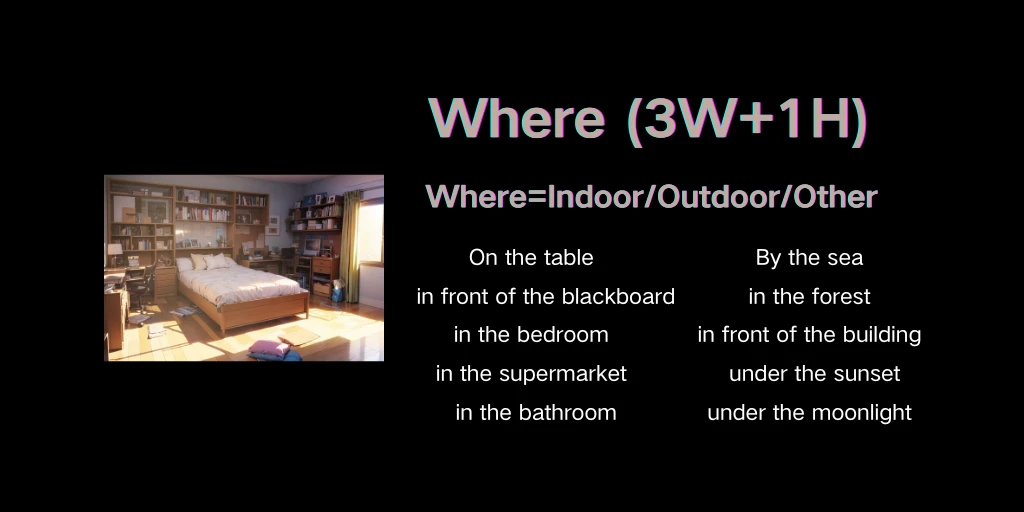
What: What is the subject doing?
The behavior or state of the subject determines the dynamism of the image.
● Static actions: Standing, gazing, thinking.
● Dynamic actions: Running, swimming, jumping.
The more specific the action, the more aligned the output will be with your vision.
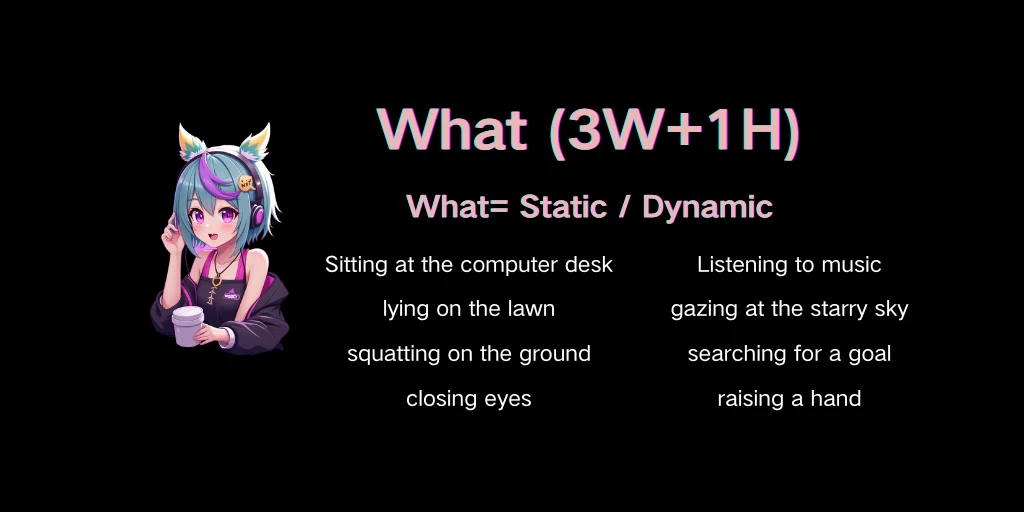
How: Style, rendering, and details
The How element is both the most complex and the most critical part of prompt construction. It covers:
Style: Illustration, sketch, oil painting, minimalism, realism.
Perspective: Wide shot, close-up, macro, medium shot.
Details: Ultra-high resolution, intricate textures, soft lighting.
Lighting: Ambient light, neon light, studio lighting.
Colors: Vibrant, muted, monochrome, black and white.
Mood: Calm, lively, dramatic, energetic.
Composition: Portrait, landscape, bird's-eye view.
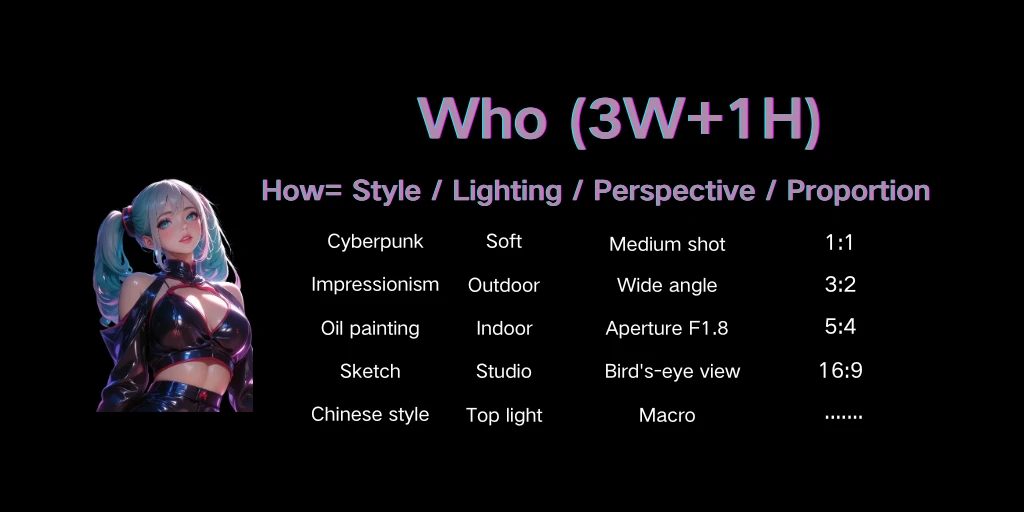
Tip:
You don’t need to use all these elements every time. Combine Who, What, Where, and How flexibly based on your specific needs.
Practical Examples
Let’s explore some examples to see how to use the 3W+1H Rule in action.
Example 1: Portrait Photography
● Who: A long-haired girl
● Where: By the sea
● What: Smiling
● How: Ultra-high resolution, dreamy colors, natural light
Prompt: A long-haired girl, smiling by the sea, ultra-high resolution, dreamy colors, natural light.
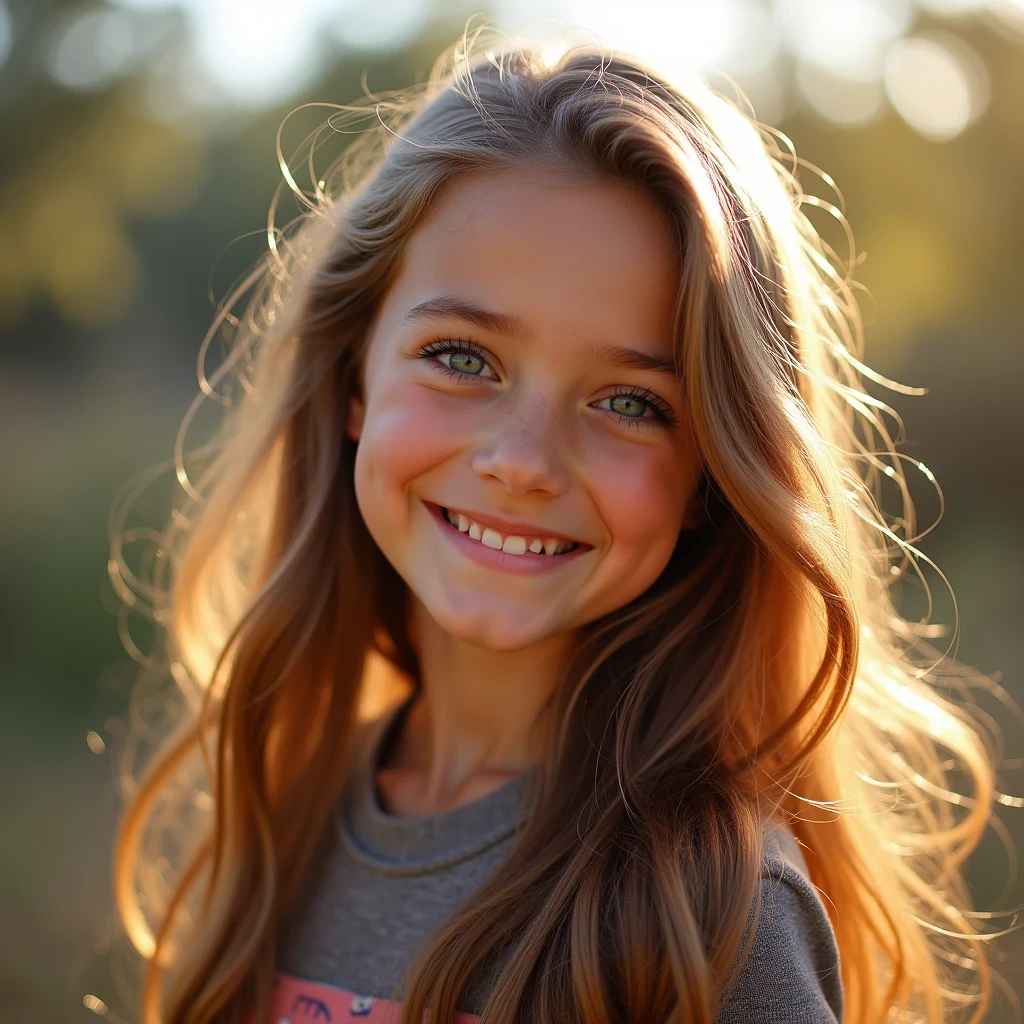
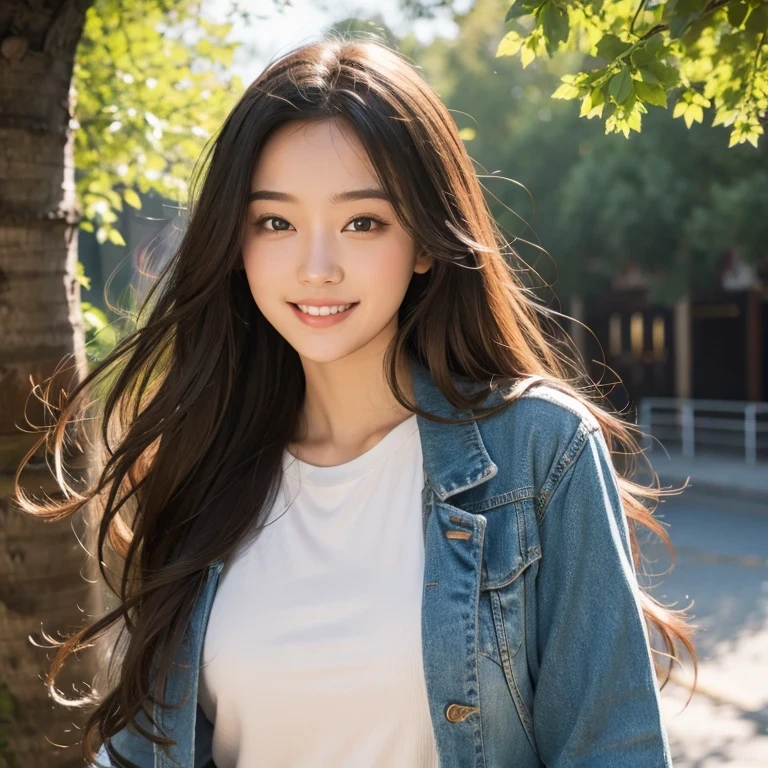
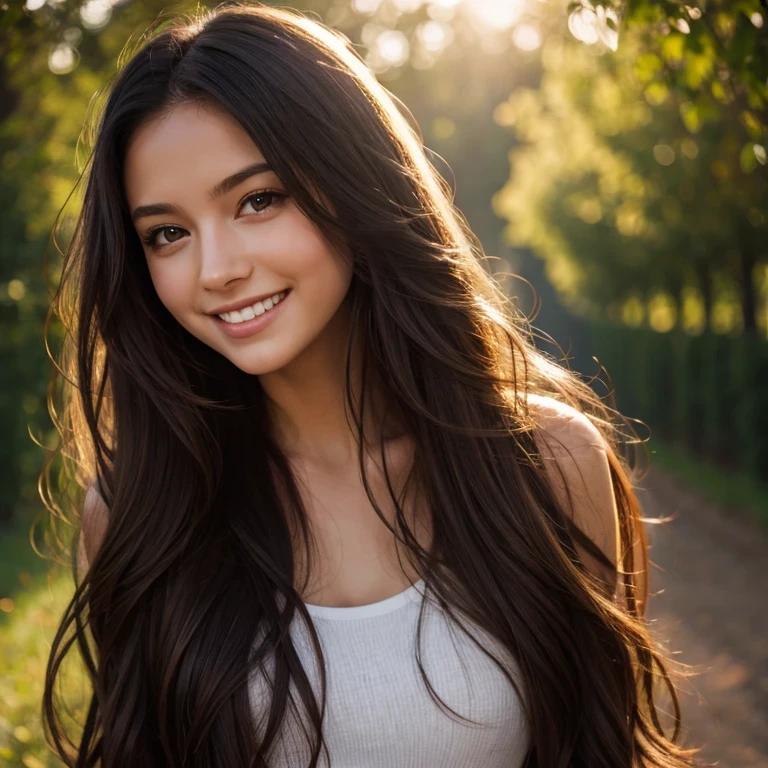

Example 2: Product Packaging Design
● Who: Cream bread packaging boxes
● Where: On a table, in front of a bakery workbench
● What: Omitted
● How: Ultra-high resolution, indoor lighting, minimalist and elegant design
Prompt: In front of a bakery workbench, cream bread packaging boxes on a table, with the text “Cream Bread, Delicious & Healthy” on the boxes, ultra-high resolution, indoor lighting, minimalist and elegant.
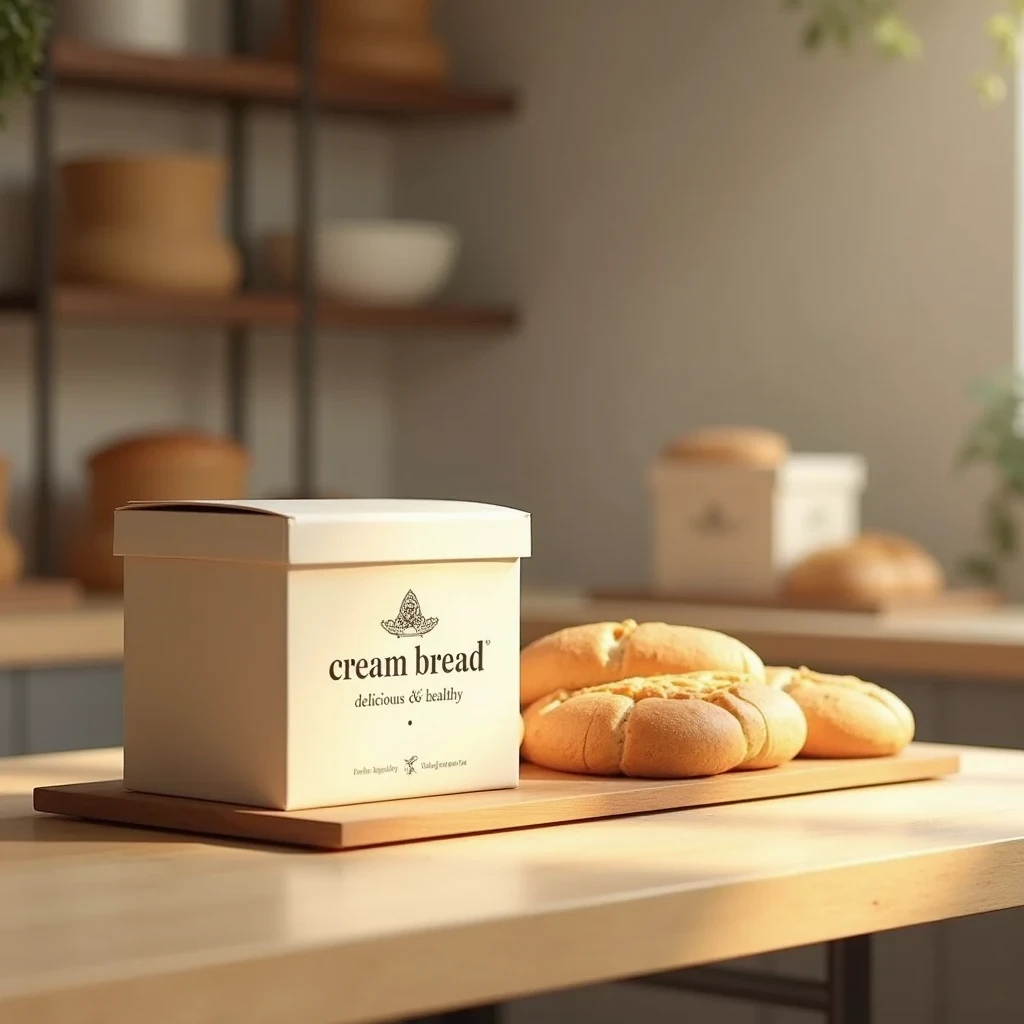
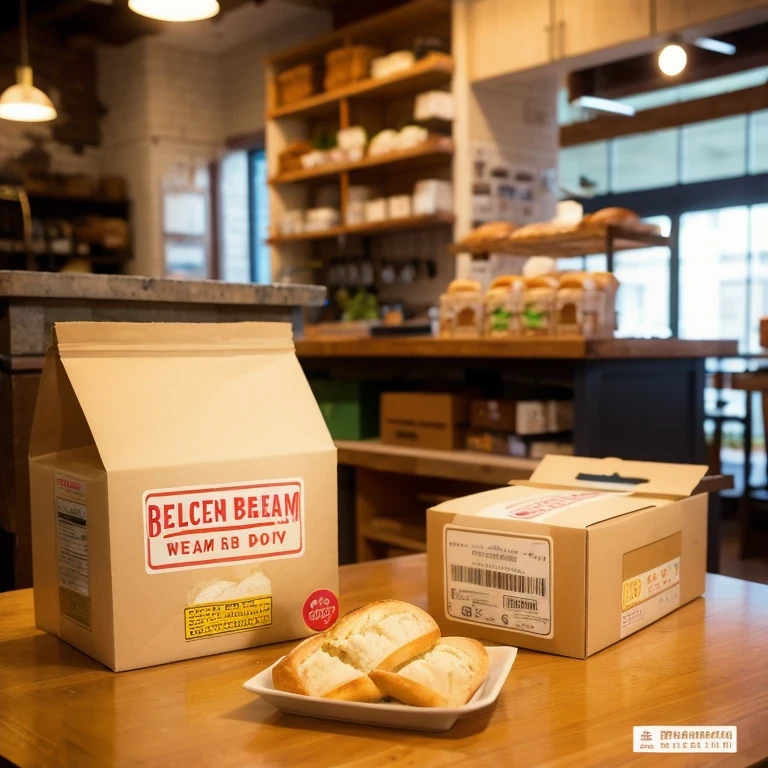
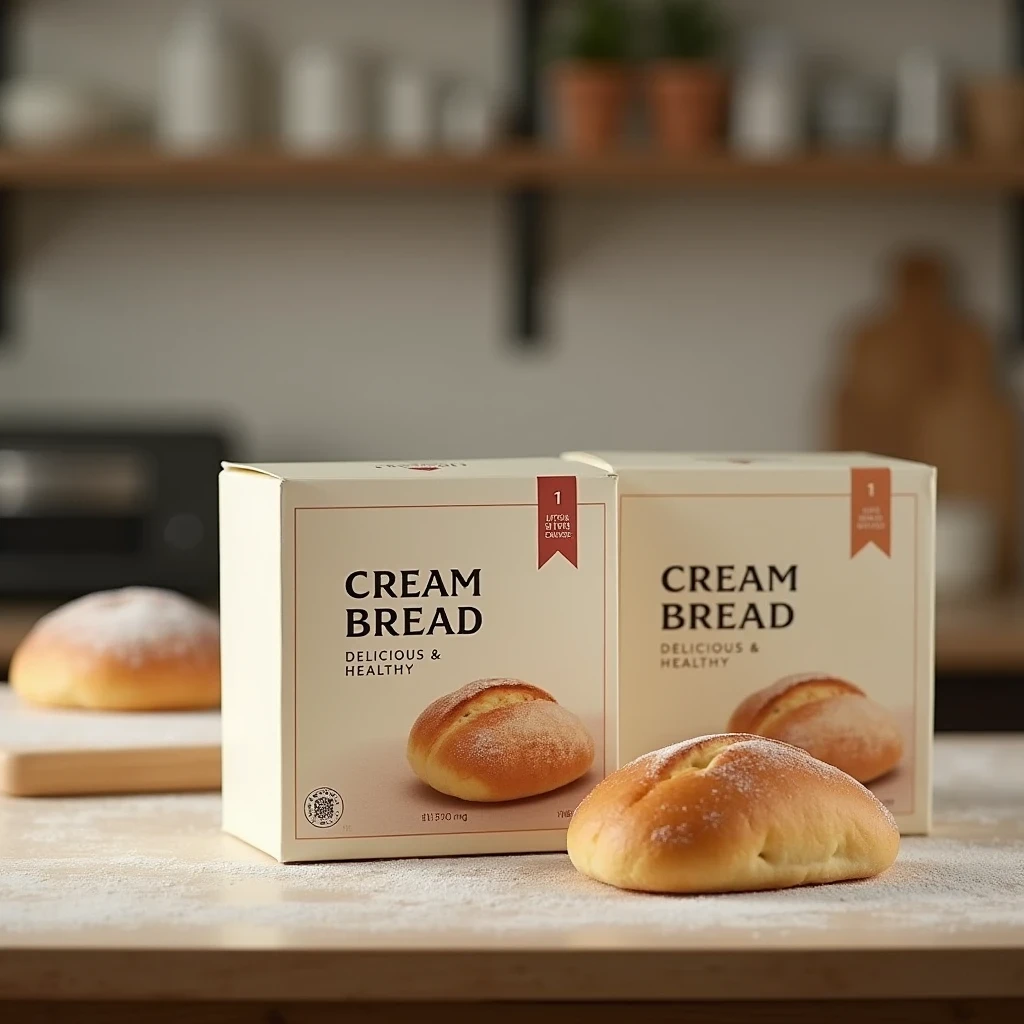
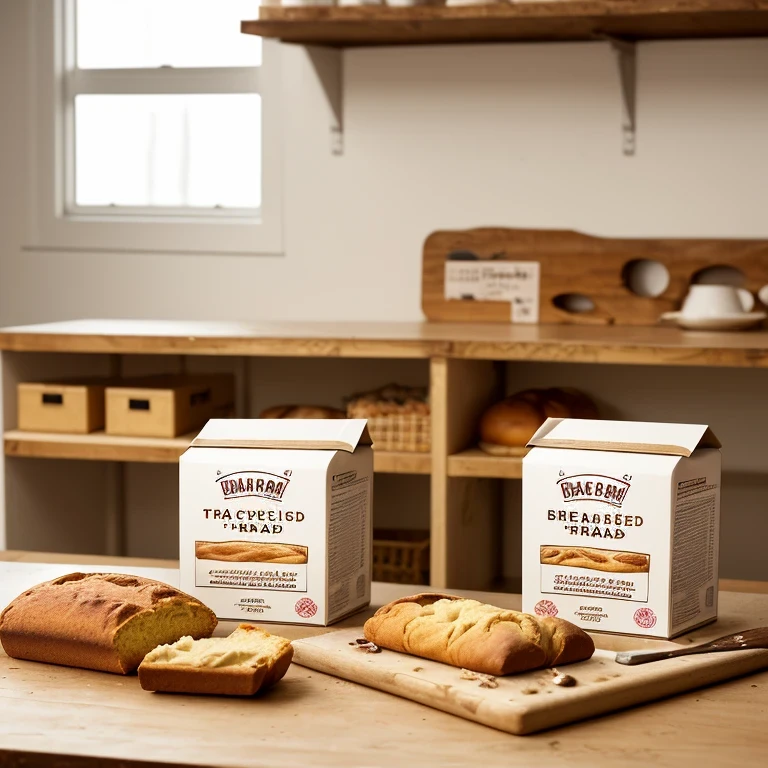
Example 3: Photography Effect
● Who: Grapes
● Where: Omitted
● What: Water splashing
● How: Ultra-high resolution, photographic effect, indoor lighting
Prompt: A bunch of grapes with water splashing, ultra-high resolution, photographic effect, indoor lighting.
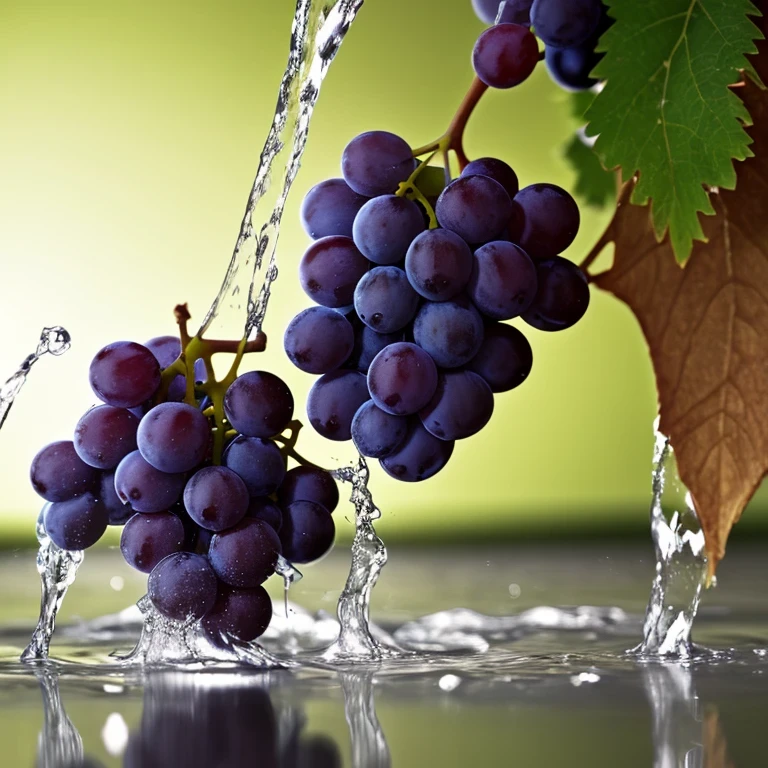
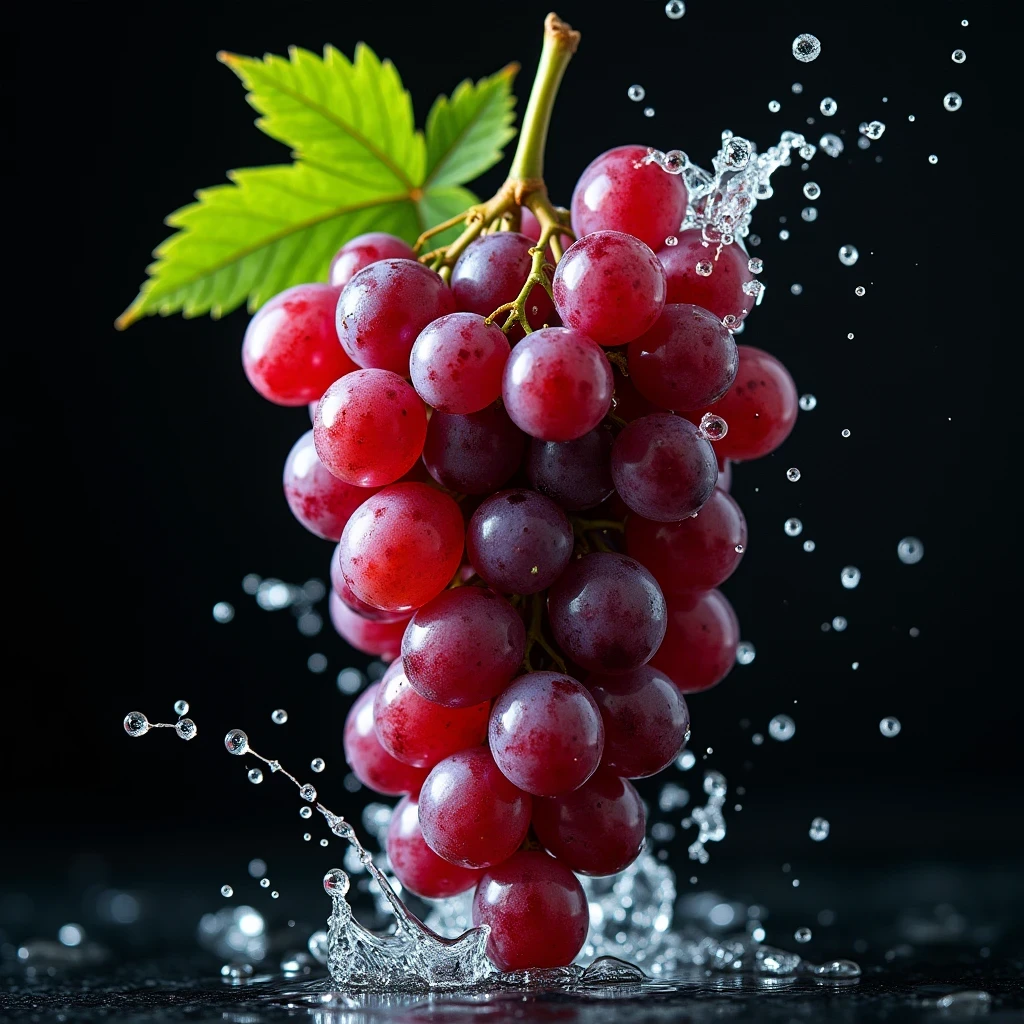
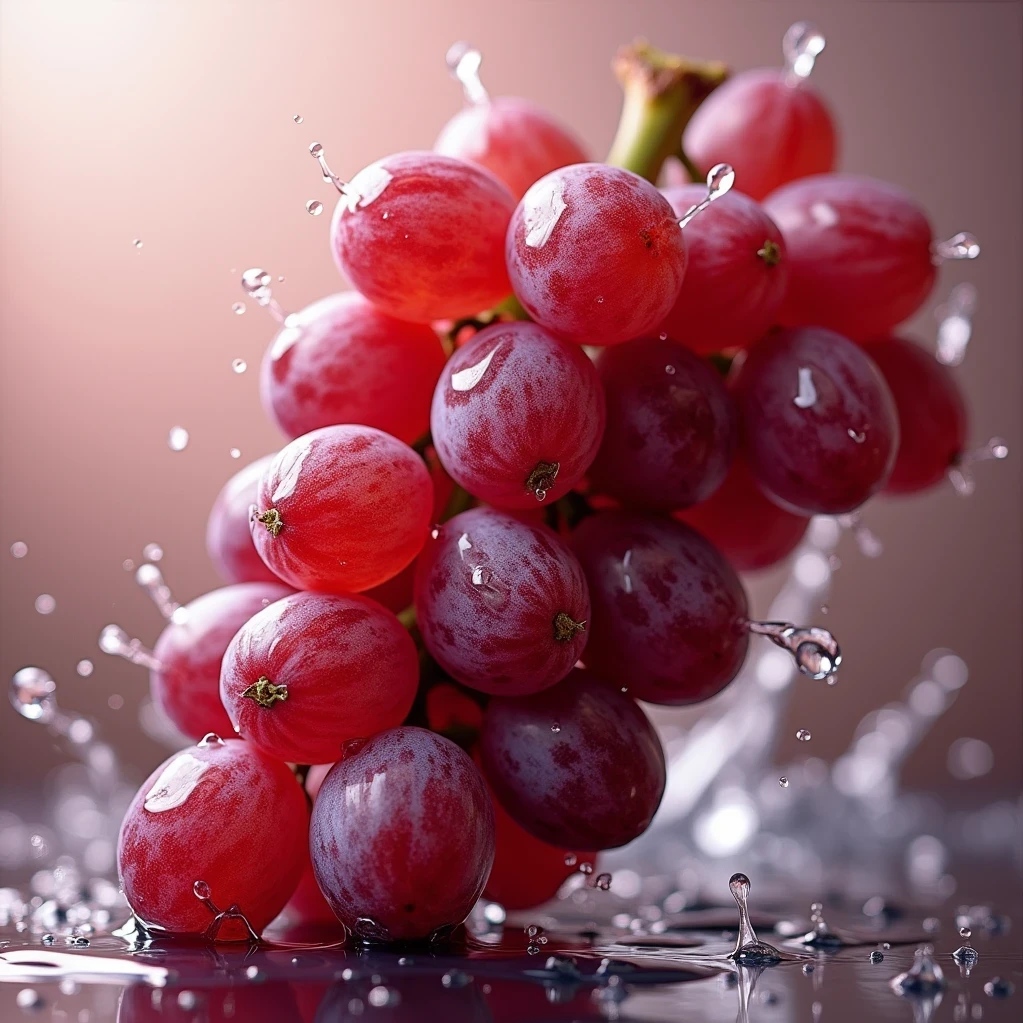

Example 4: Illustration Style
● Who: A girl with glasses and shoulder-length hair
● Where: White background
● What: Holding a coffee cup
● How: Simple black lines, minimalist doodle style, cartoon character, white background
Prompt: A shoulder-length Asian girl with glasses, wearing black pants, holding a coffee cup, simple black lines, minimalist doodle style, cartoon character, white background.
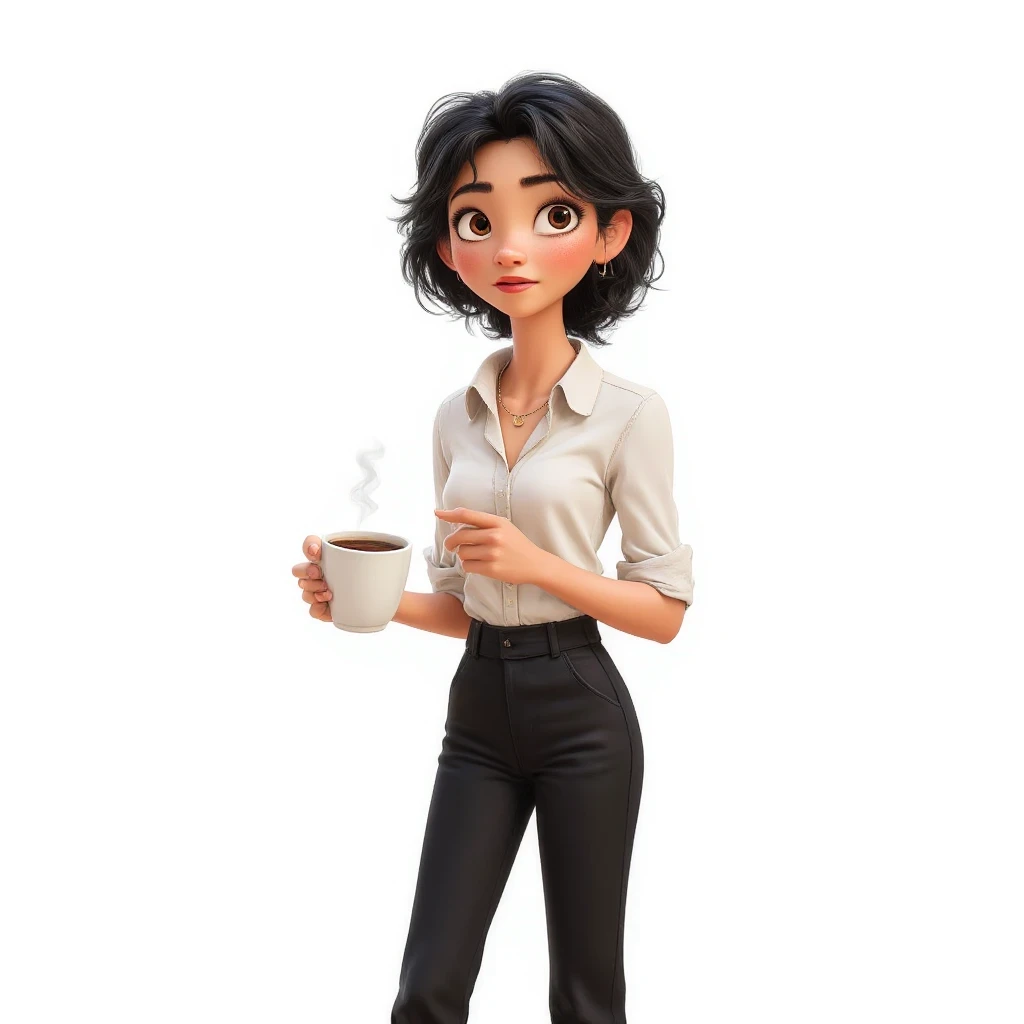
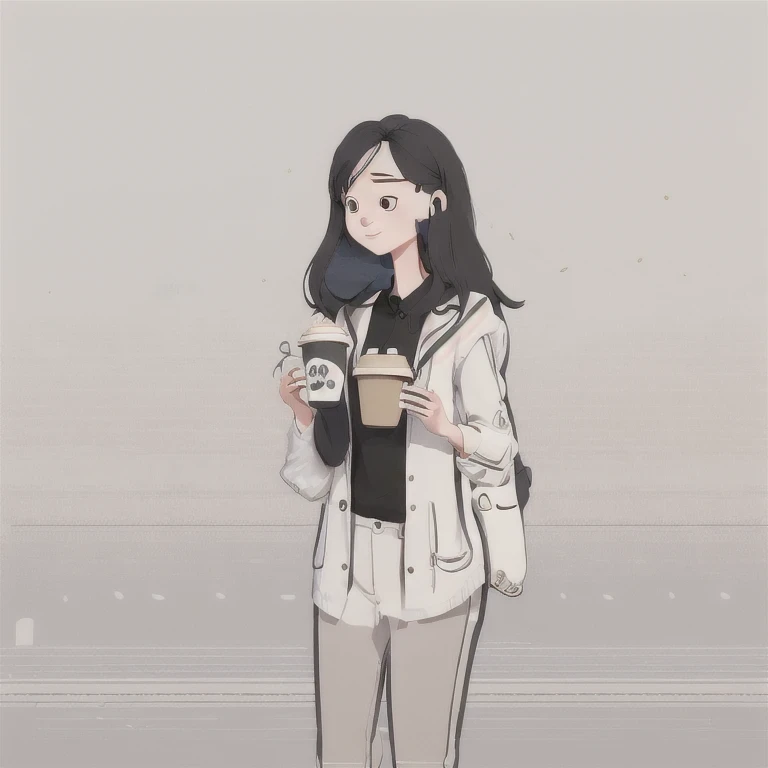
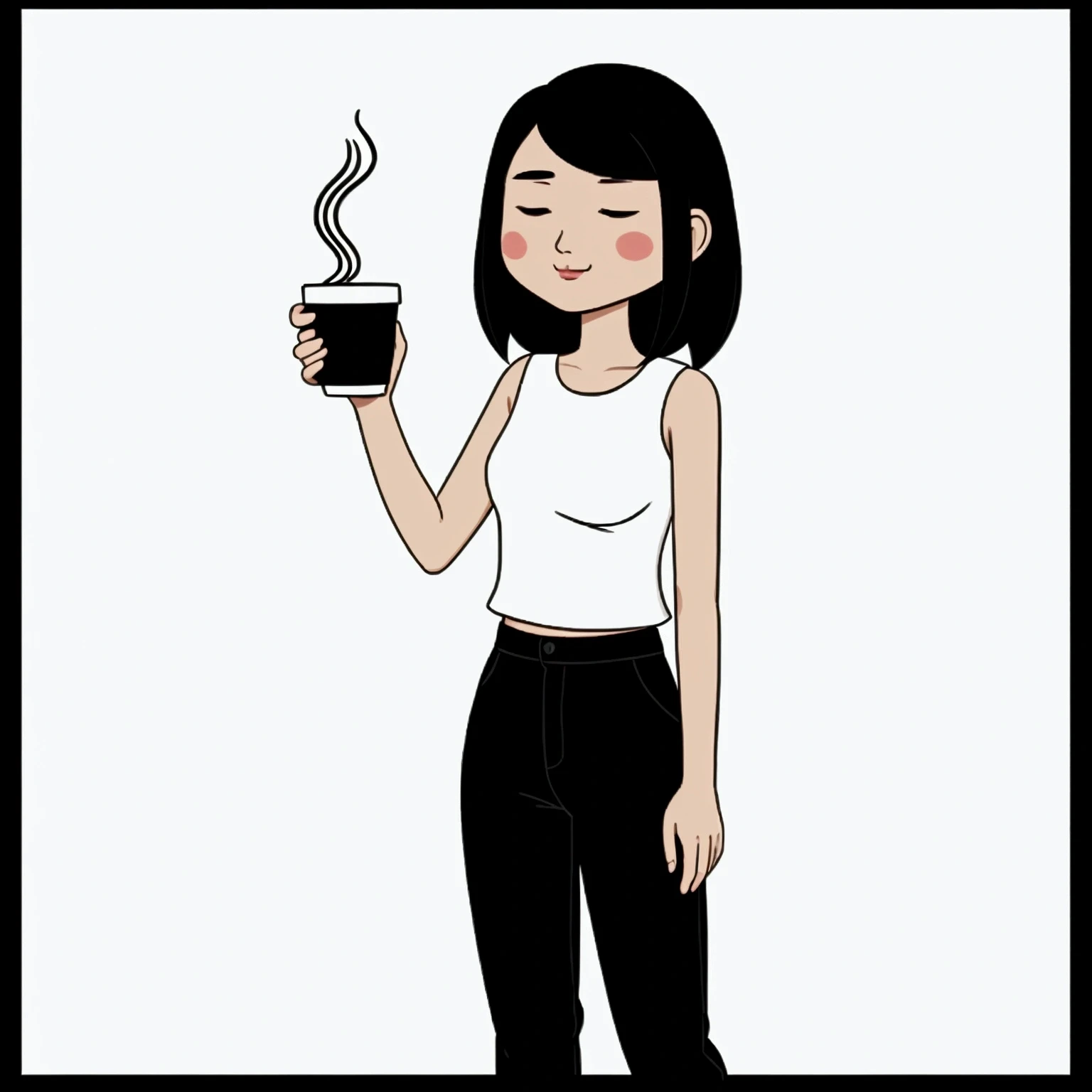
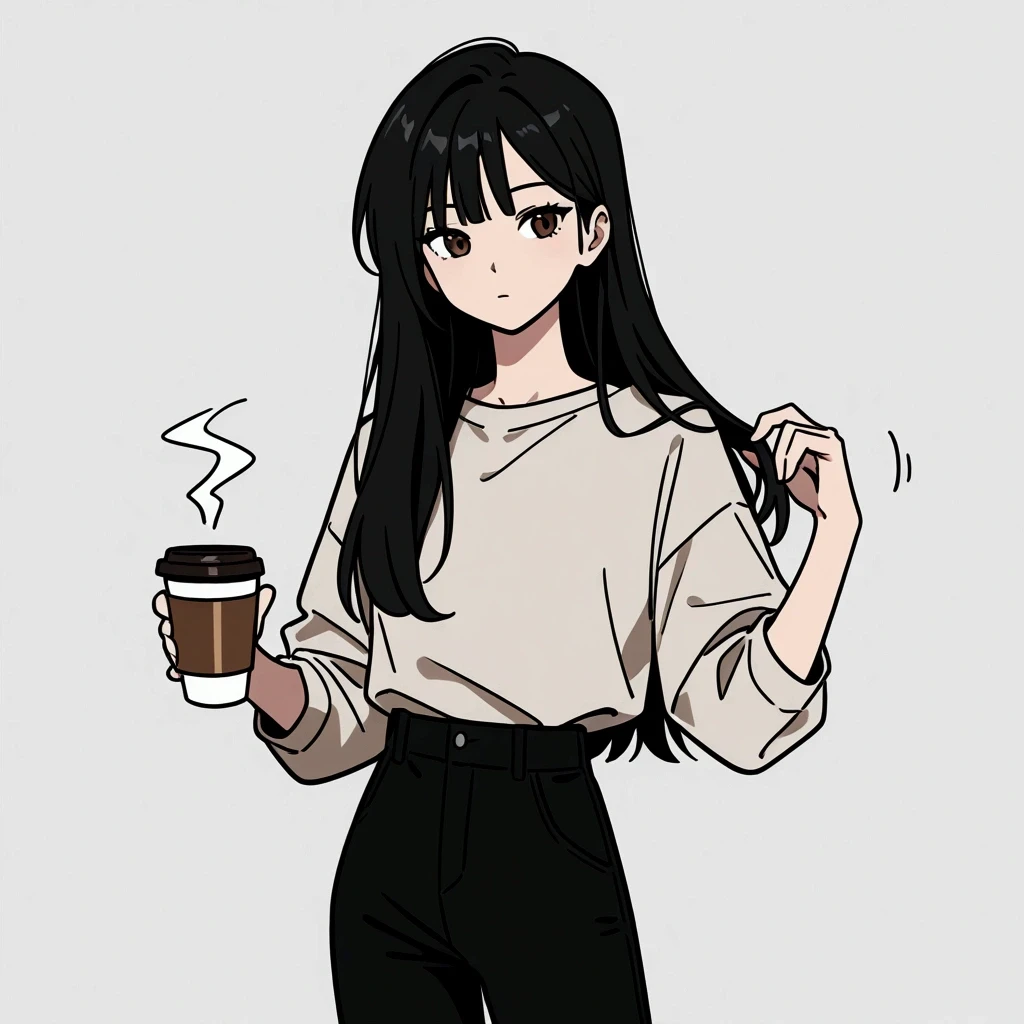
Recommended Tools for Crafting Prompts
To speed up your workflow and improve efficiency, consider using these tools to generate high-quality prompts:
● PromptBase
A marketplace offering a wide range of premium, prompt-generated images. Note: this is a paid service.
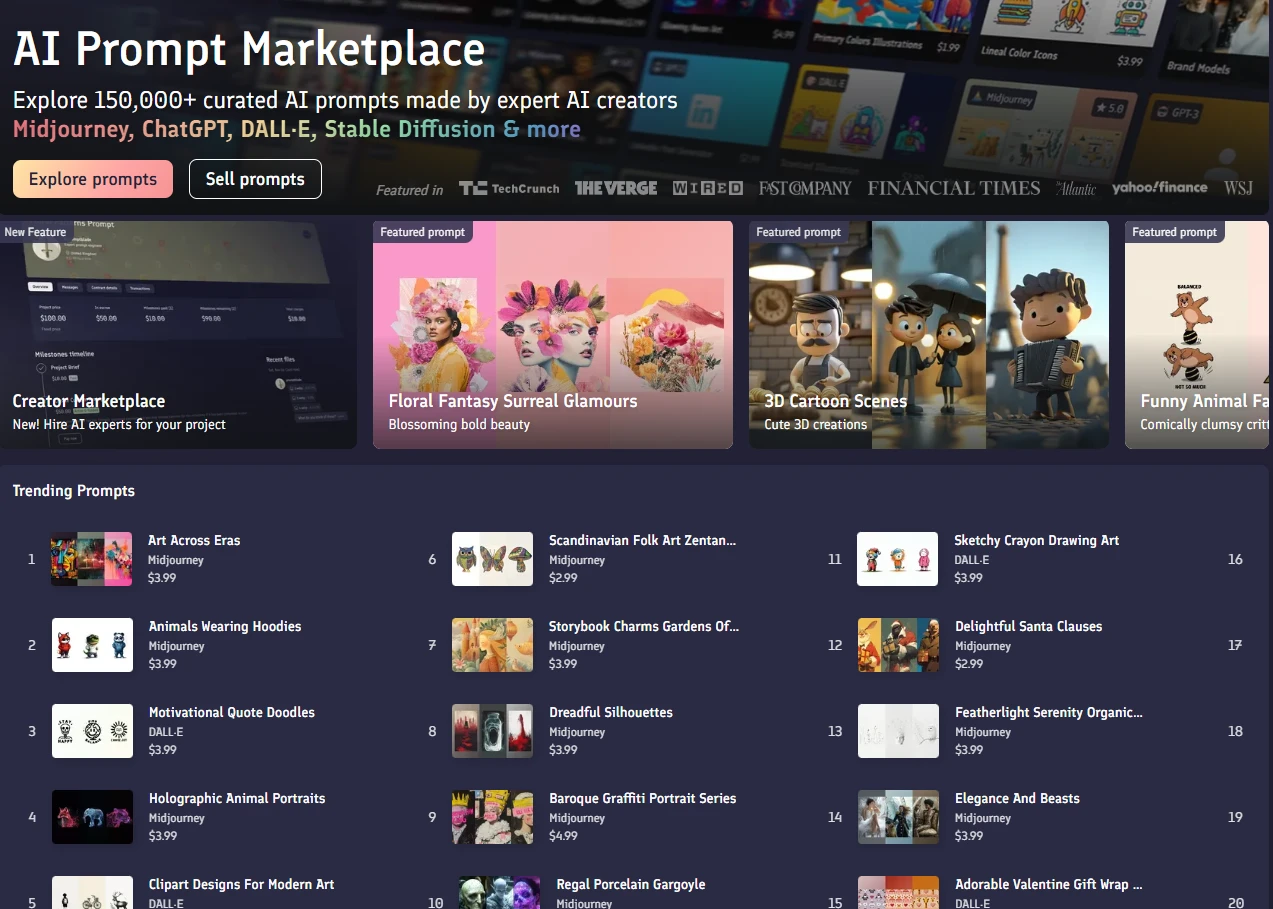
● PromptHero
Free resource providing prompts for models like MidJourney and Stable Diffusion. Simply click “Copy” to use directly.
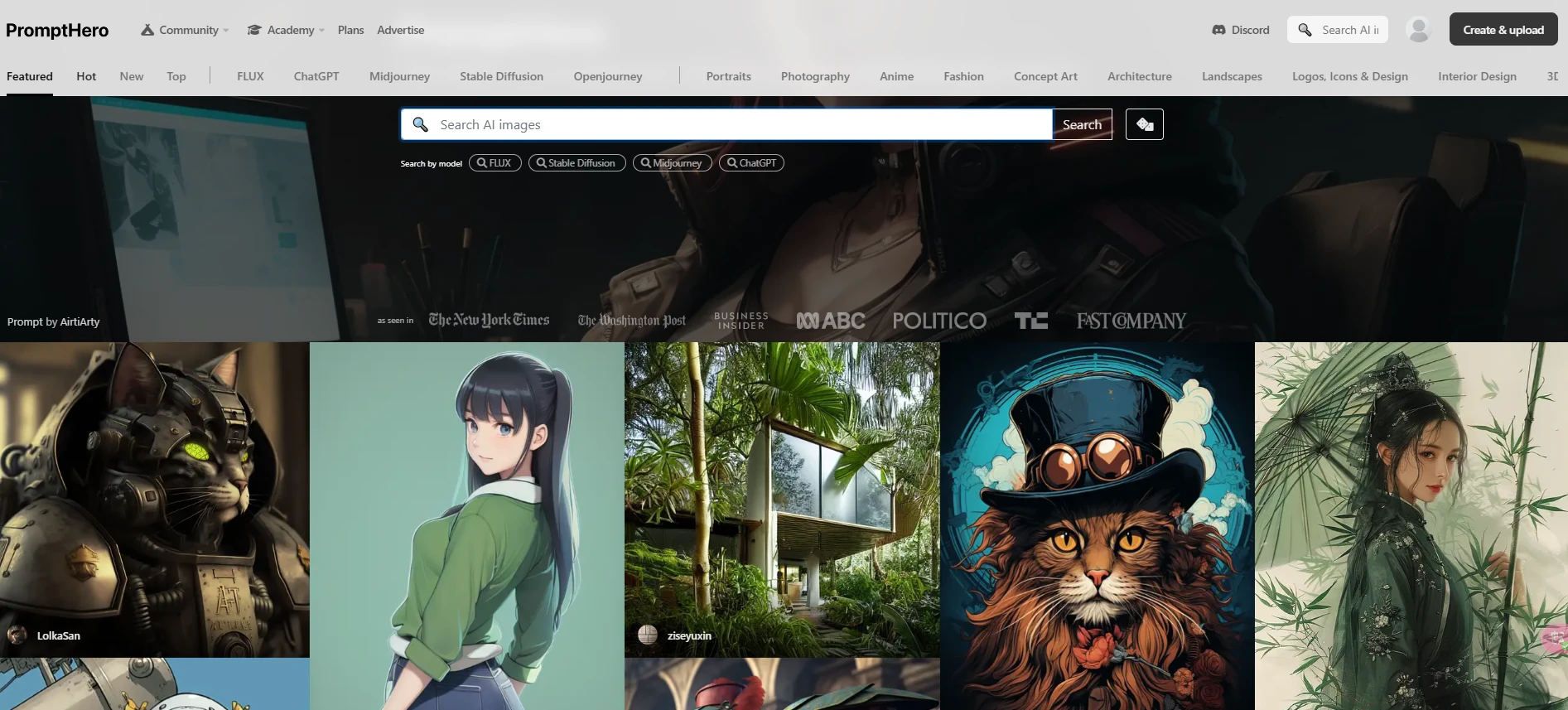
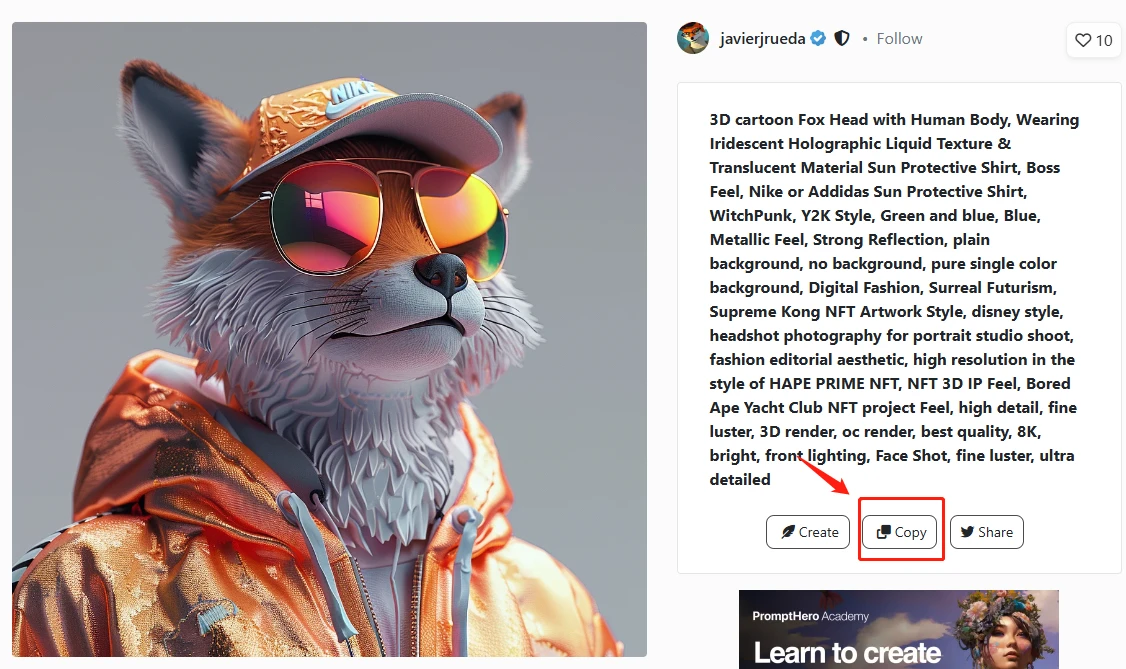
● MidJourney Official Resources
The MidJourney website offers extensive documentation and recommendations for crafting effective prompts.
Vocabulary Choice
Vocabulary selection is crucial. In many cases, using more specific synonyms produces better results. For example, avoid using "big" and try "tiny," "huge," "gigantic," "enlarge," or "infinite" instead.
Plural Words and Collective Nouns
The use of plural words often introduces uncertainty. Try to specify exact numbers. For example, "three cats" is more precise than "cats." Collective nouns are also helpful, such as "a flock of birds" instead of just "birds."
Focus on What You Want
It's better to describe what you want rather than what you don't want. For instance, asking for a "party without a cake" might still result in an image with a cake. To ensure an item is excluded, consider using advanced parameters in your prompt.
Prompt Length and Detail
Prompts can be very simple—a single word or emoji might suffice. However, short prompts rely heavily on MidJourney's default styles, leaving creative gaps for it to fill. If certain elements are important to you, include them in the prompt. The less detail you provide, the more variety you'll get, but the less control you have.
Try to clearly define details that are important to you, and consider the following:
● Subject: People, animals, characters, locations, objects
● Medium: Photograph, painting, illustration, sculpture, graffiti, tapestry
● Environment: Indoors, outdoors, on the moon, underwater, in a city
● Lighting: Soft, ambient, overcast, neon, cinematic
● Color: Vibrant, muted, bright, monochrome, colorful, black and white, pastel
● Mood: Serious, calm, playful, energetic
● Composition: Portrait, profile, close-up, bird's-eye view
Conclusion
Creating effective prompts takes patience and time. Often, it requires multiple iterations to refine the prompt and achieve the desired results. Mastering the 3W+1H Rule will significantly enhance your ability to create compelling prompts for most scenarios. With practice, you’ll not only streamline your workflow but also unlock your creative potential to generate outstanding images.
Happy prompting, and I look forward to seeing the amazing visuals you create!


